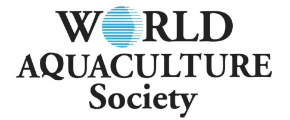JELLYFISH CULTURE AND THE PROMOTION OF BLUE ECONOMY
In recent years jellyfish blooms and microplastics are becoming two major headlines in global news regarding oceans' health and often, implying negative impacts. They are both global environmental threats and a concern for the public well-being.
What if, we could transform the current existing marine litter problem into new solutions in which jellyfish could serve as a microplastic 'biofilter' and raw material for a variety of other blue-green biotechnology products?
In this context, the aim of project "GoJelly - a gelatinous solution to plastic pollution" (2018-2021), financed by programme Horizon 2020 of the European Union is to use jellyfish as source of innovative solutions to combat marine litter. The project, coordinated by GEOMAR, Germany involves 15 partners (research institutions and private companies) and has the participation of the Chinese Academy of Sciences.
A decisive milestone of GoJelly is the closing of the life cycle of several jellyfish species in captivity. Initial steps in the culture of Rhizostoma pulmo (Rhizostomatidae), Aurelia solida and Chrsyaora hysoscella (Semaeostomeae) are underway at the Madeira Oceanic Observatory (OOM) laboratories, Madeira Island, Portugal. Improving biological and ecological data of the species, in combination with oceanographic data is crucial to predict blooms and for the development of sustainable jellyfish fisheries. Moreover, the culture of these species will make jellyfish available, at any time, for the teams involved in the different scientific and technical tasks to evaluate the several uses of jellyfish namely, as organic fertilizer, raw materials for aquafeeds, new food for human consumption, cosmetic and nutraceutical products, the development of a filter to retain microplastics in wastewater treatment plants and also, for educational and other communication purposes.
Finally, this project is employing a transnational, multidisciplinary and integrated approach involving pioneer research but also the participation of key stakeholders to succeed in the control of jellyfish as pests and to transform it into goods and trap aquatic microplastics.













